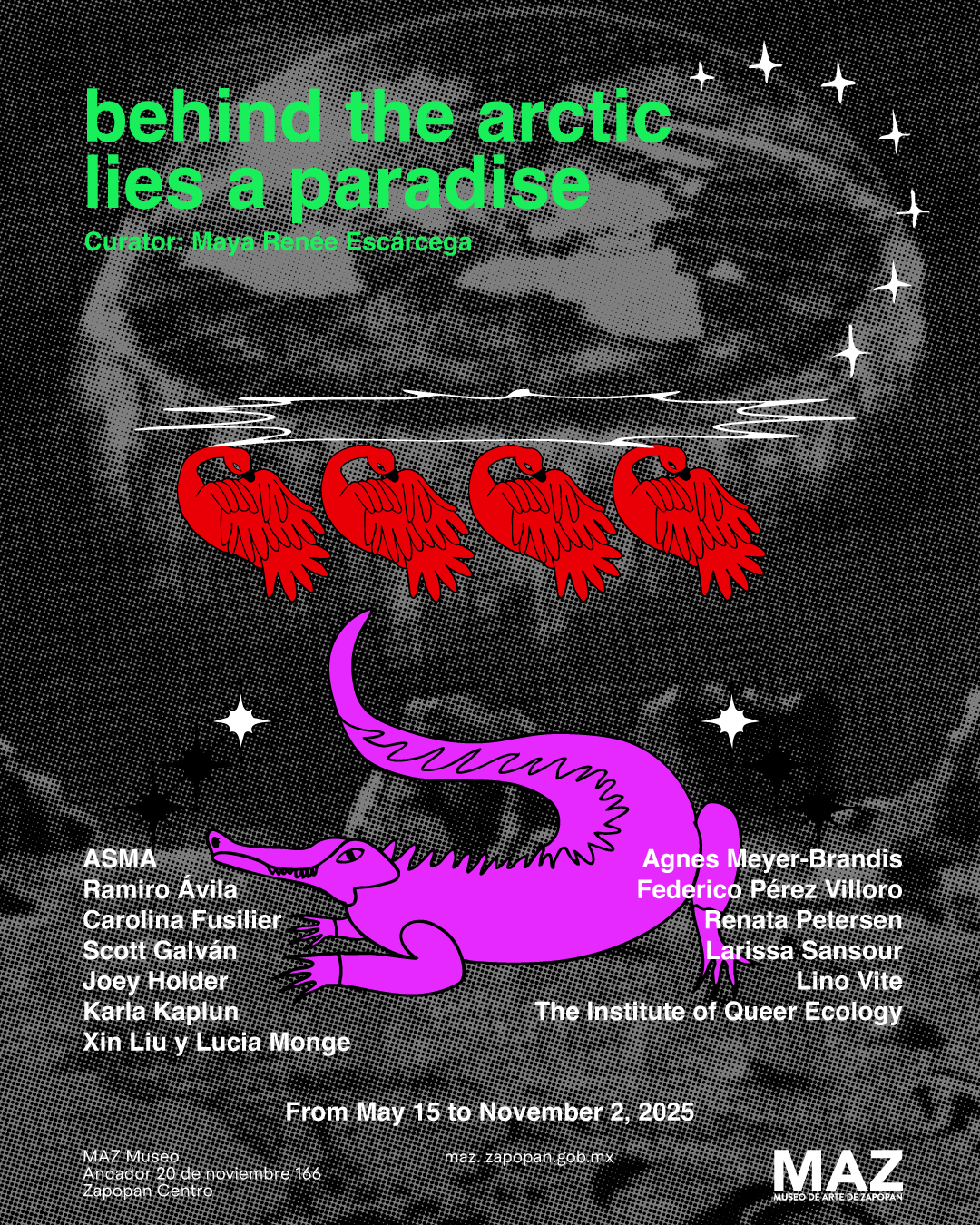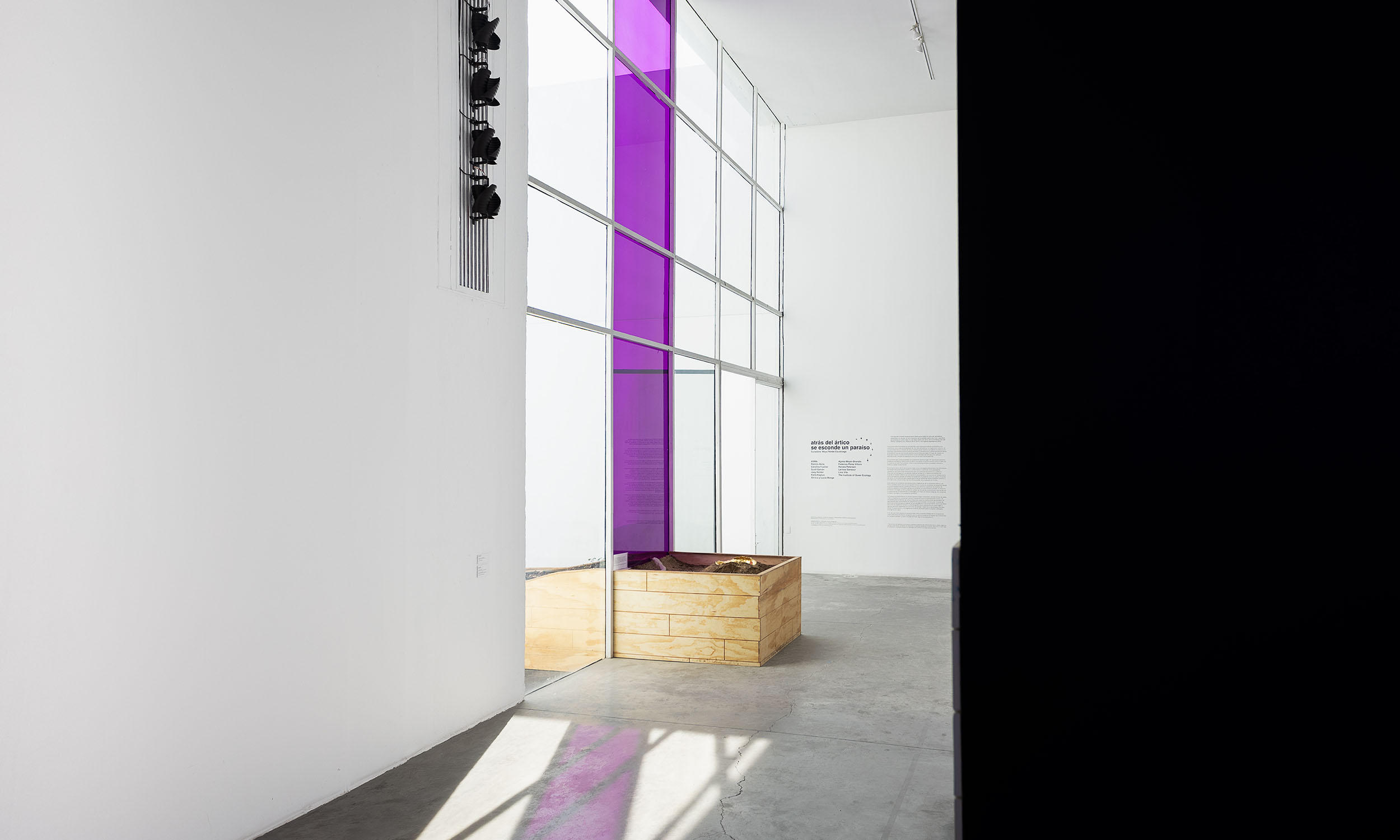
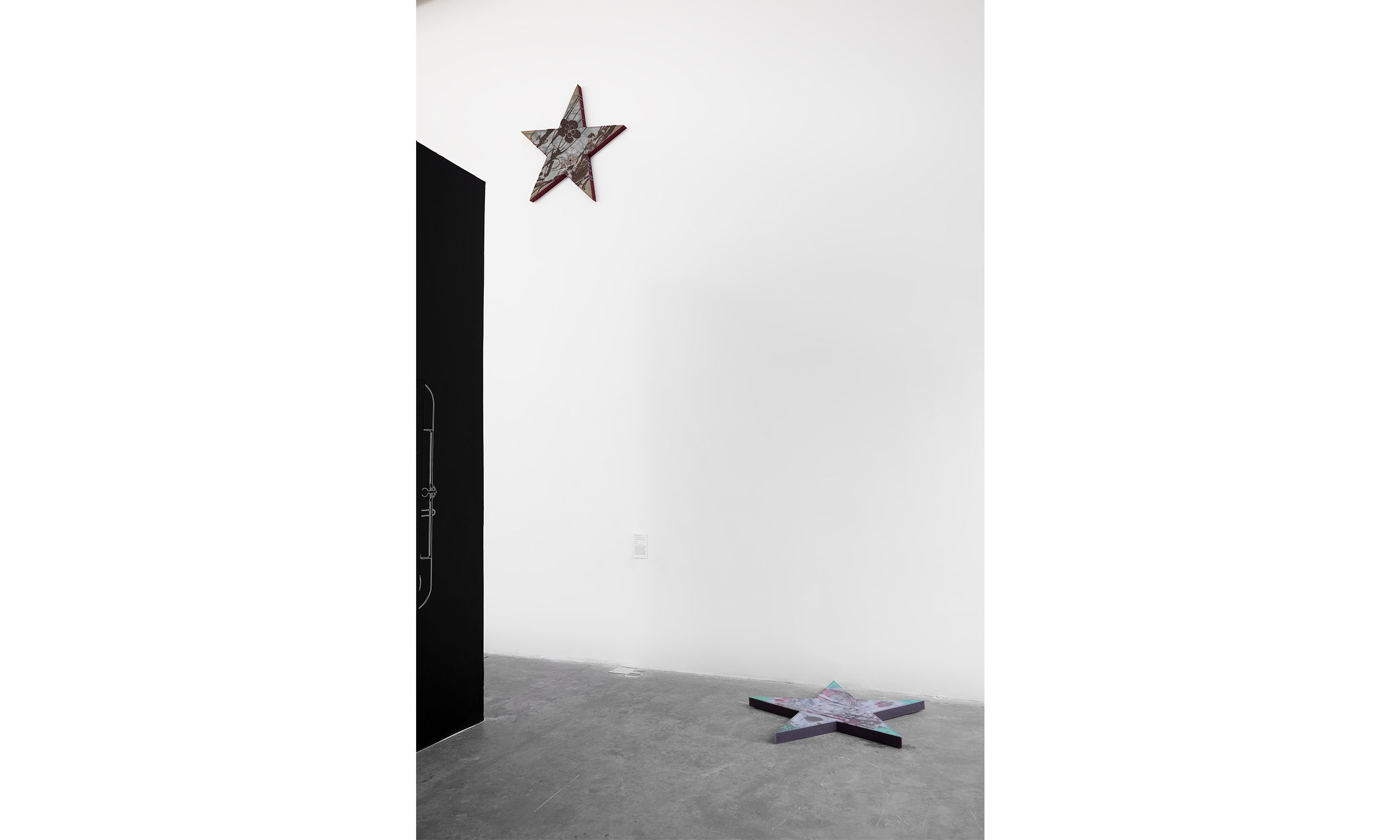

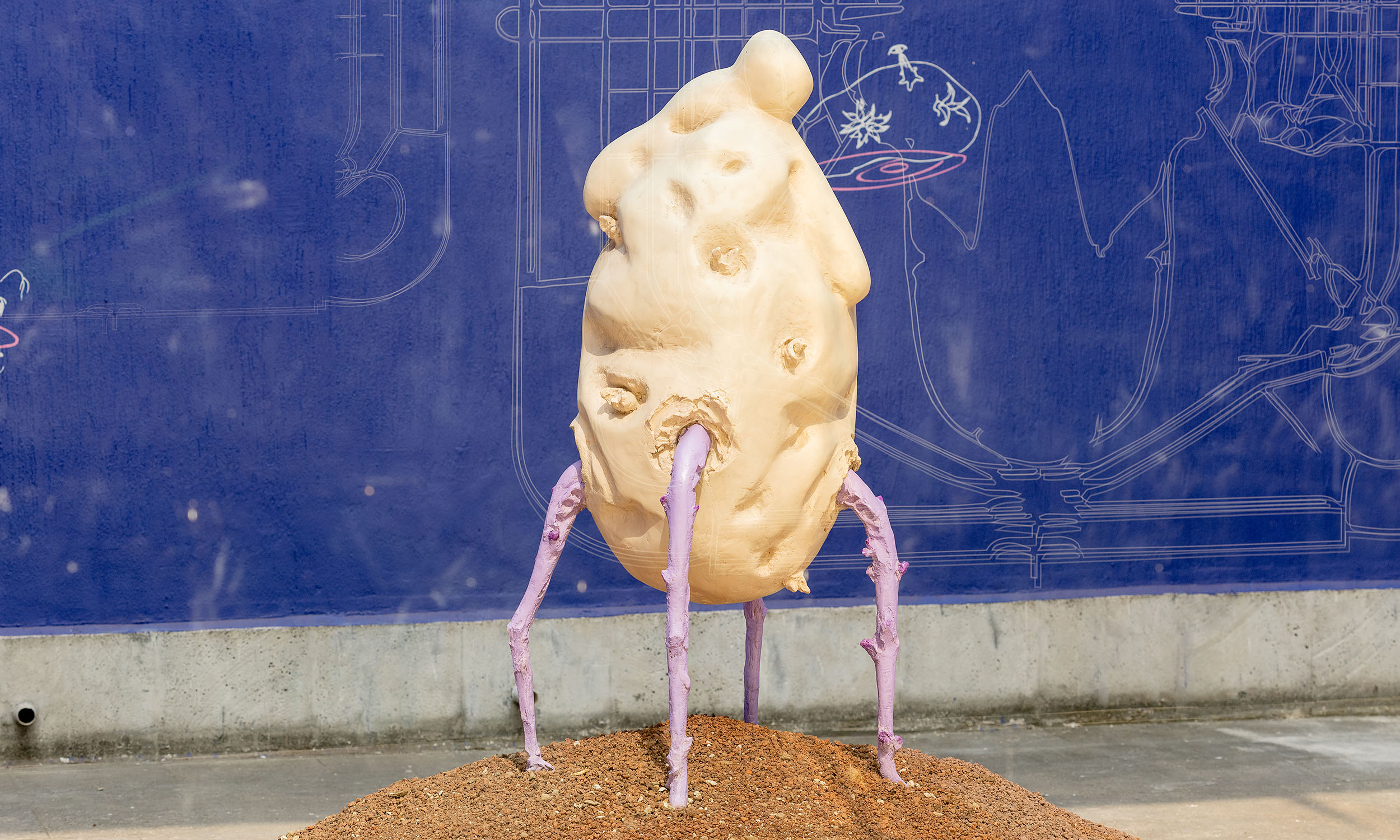
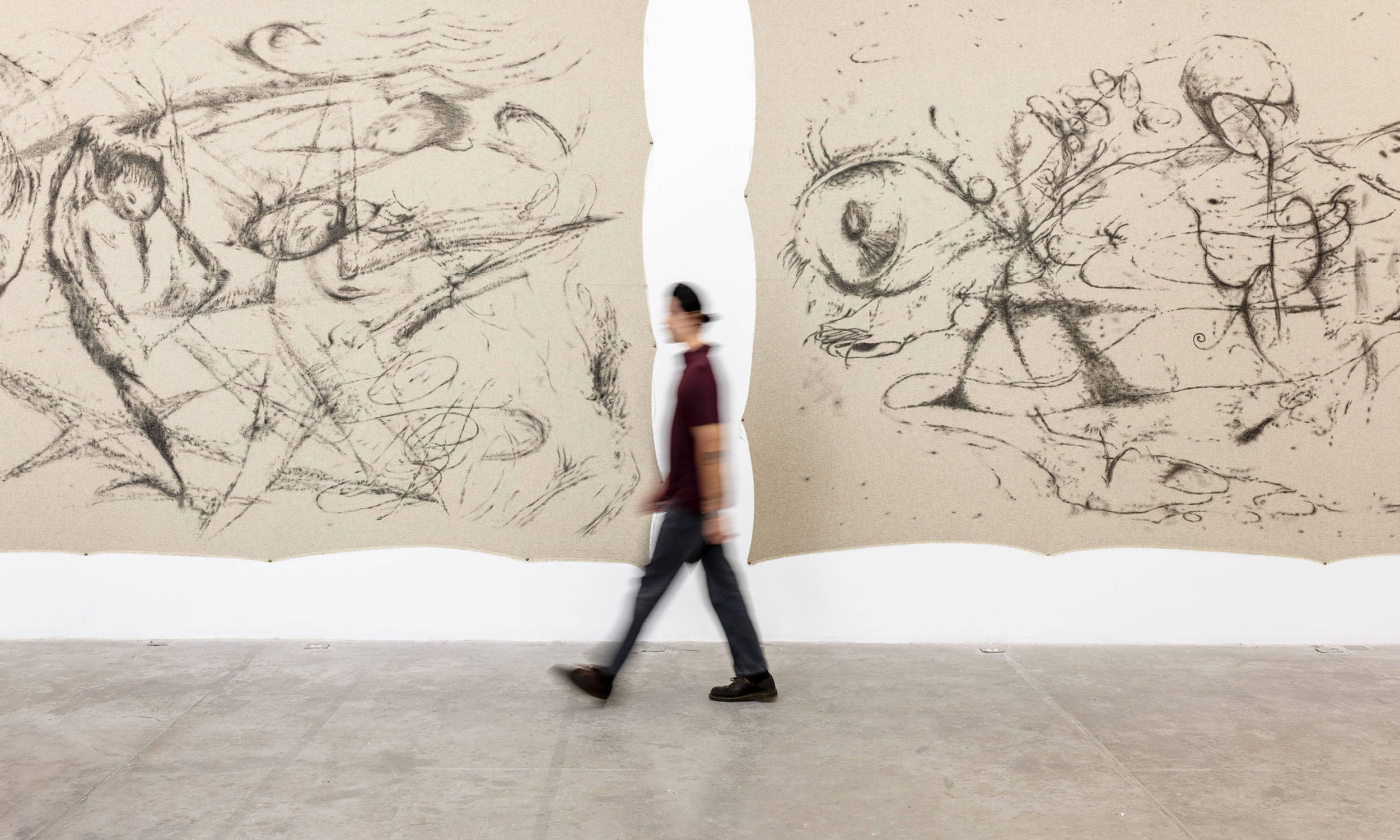
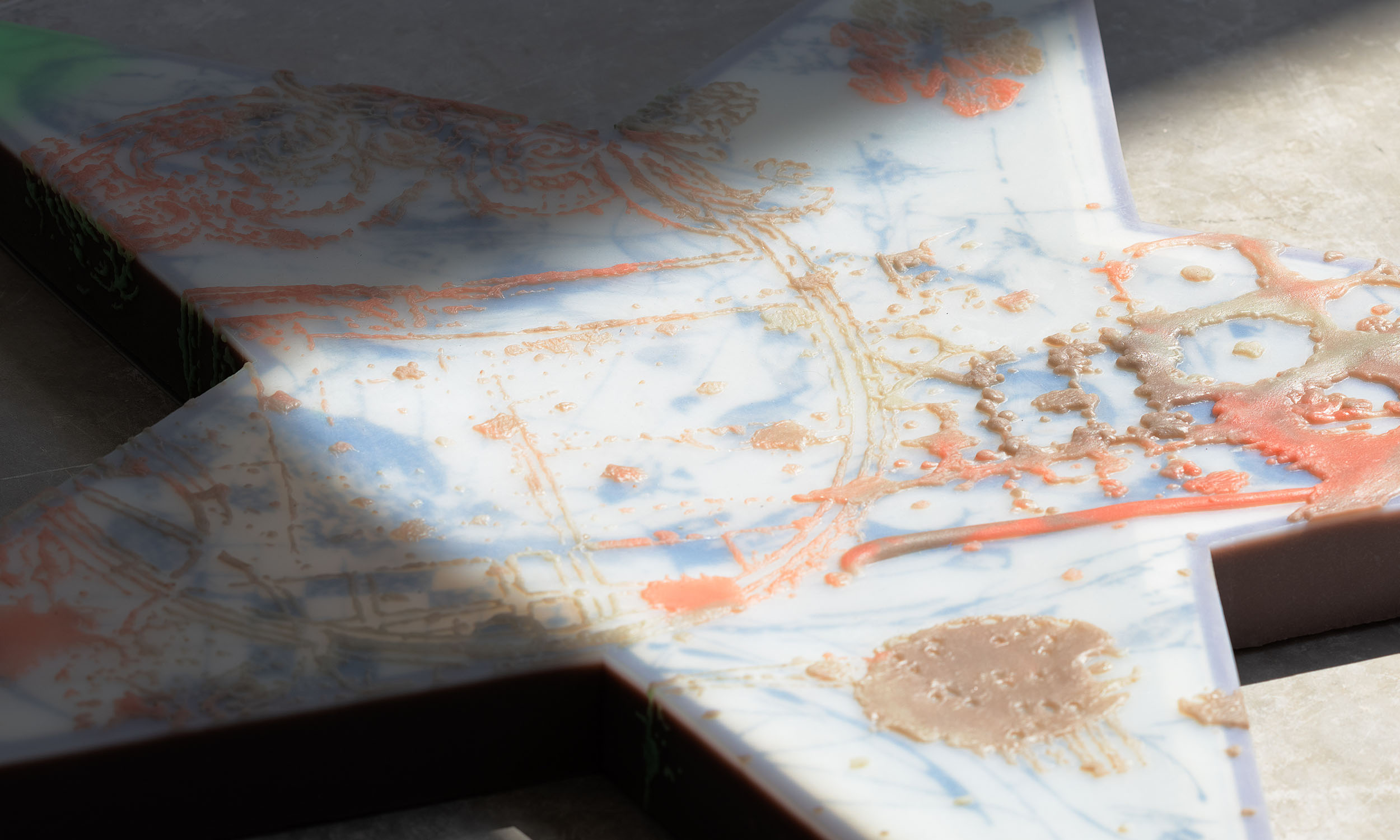

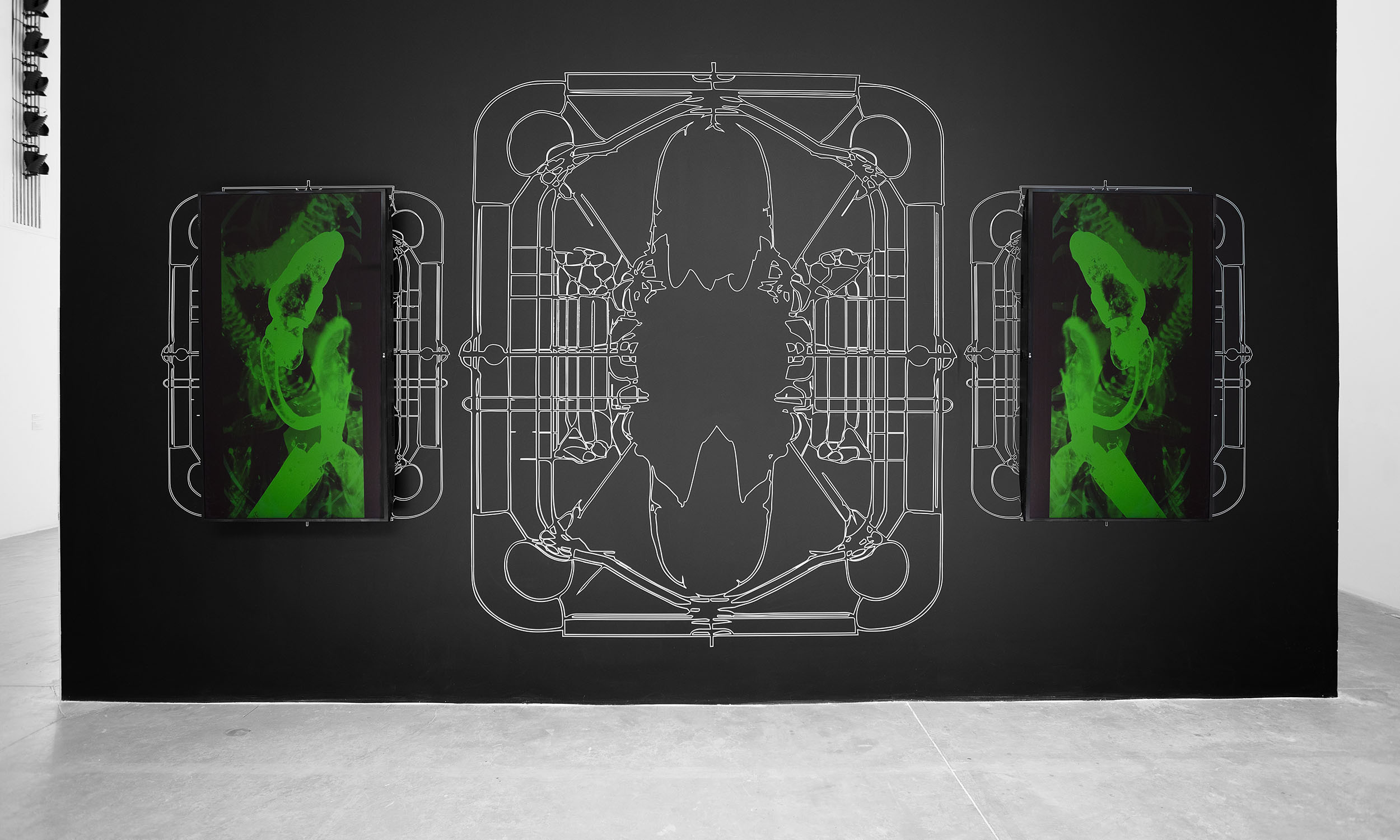
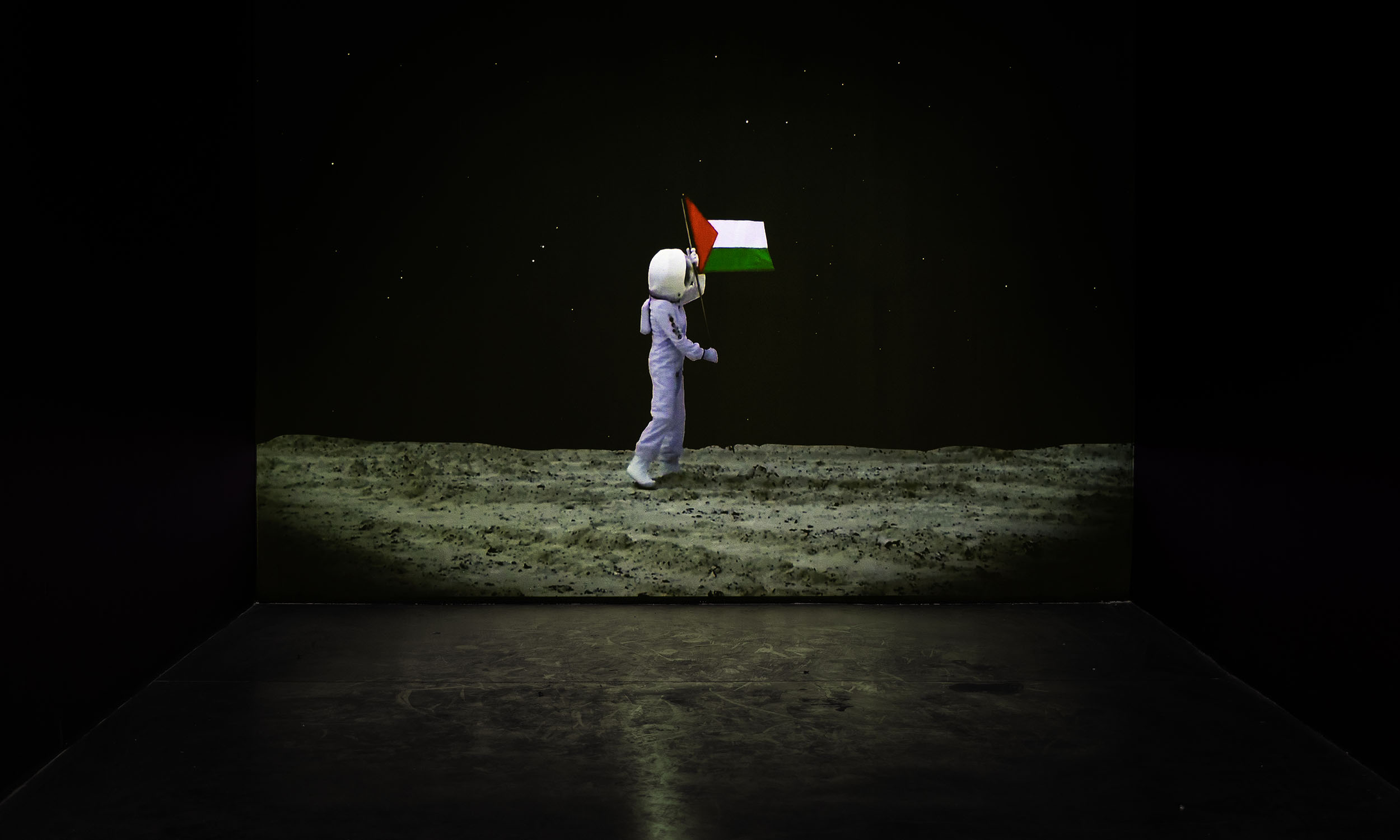

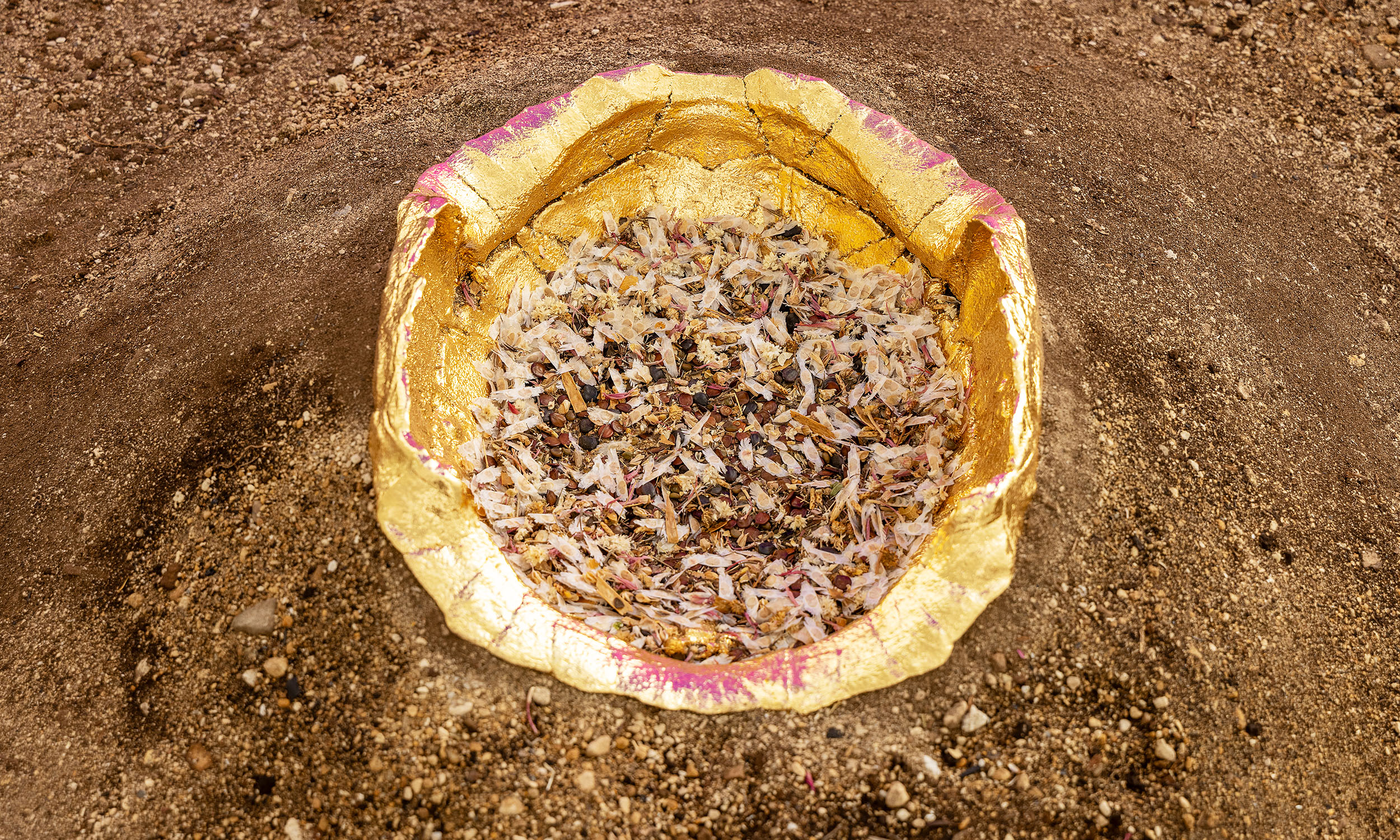
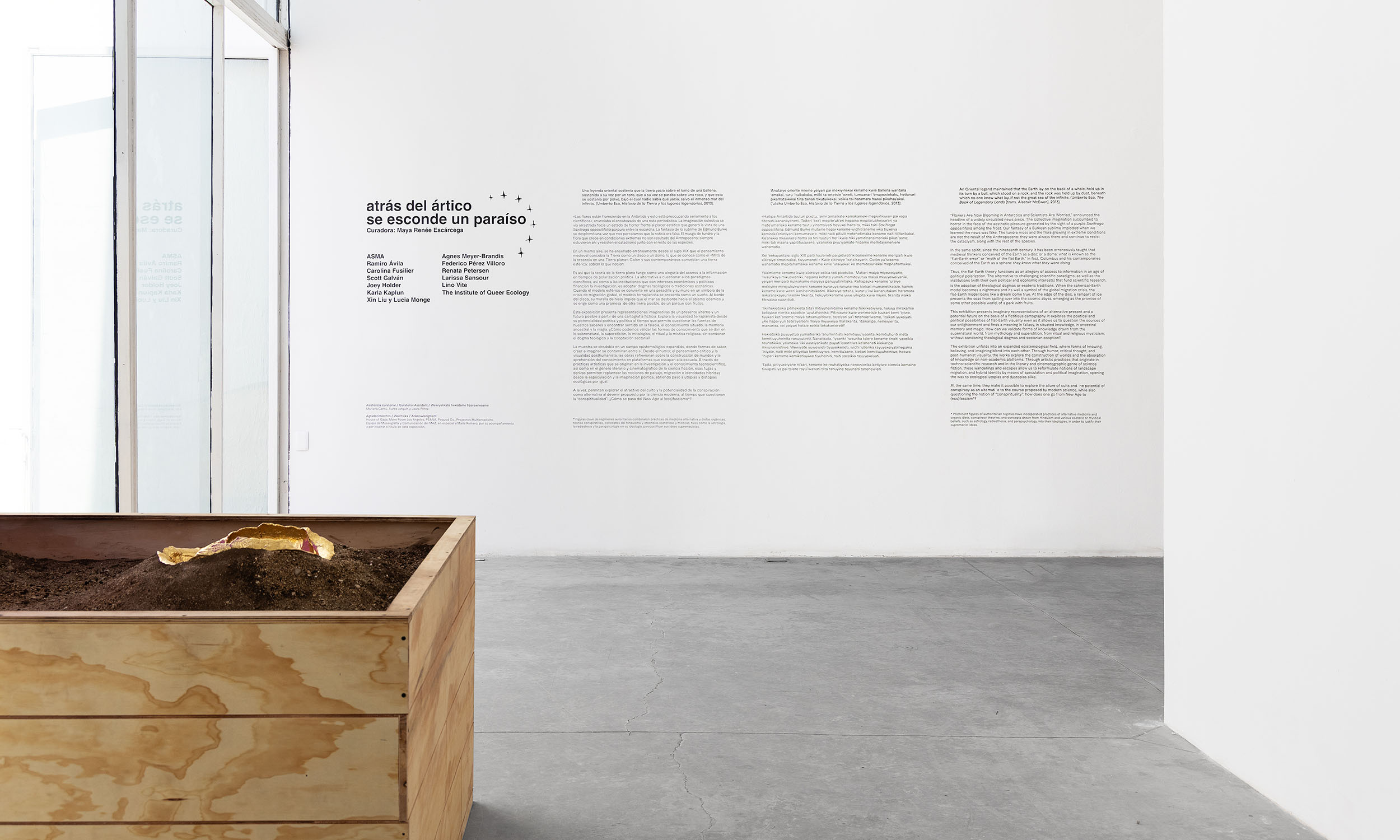
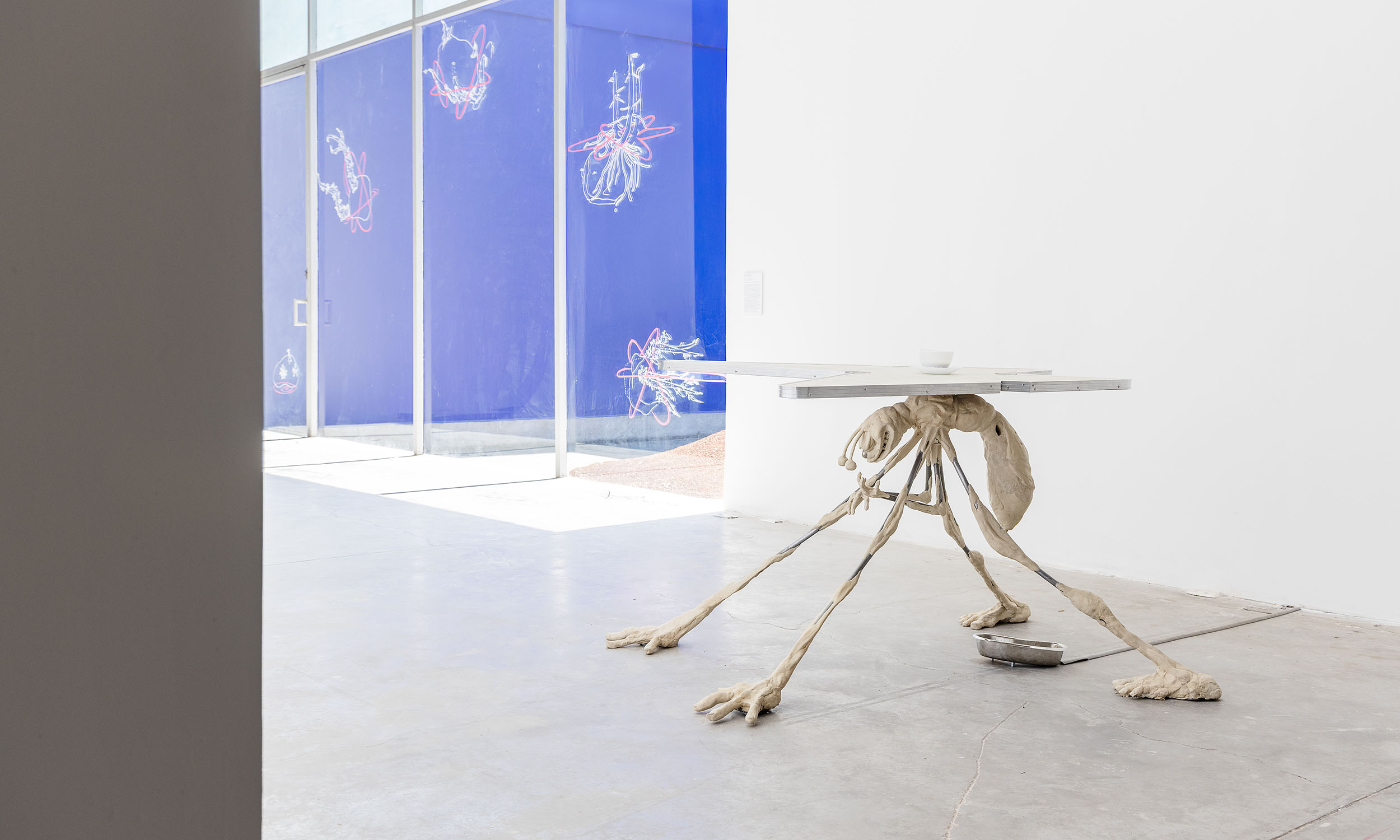
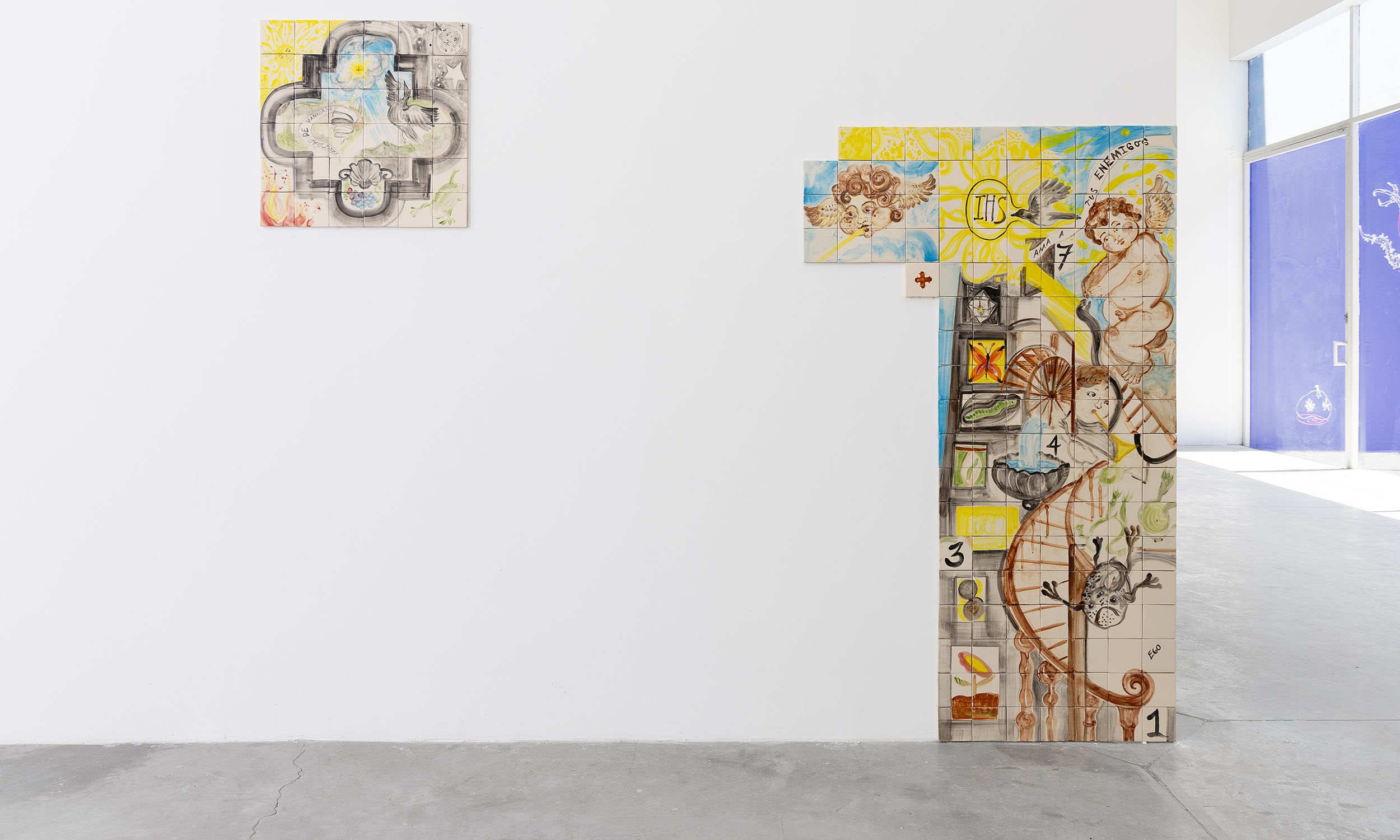
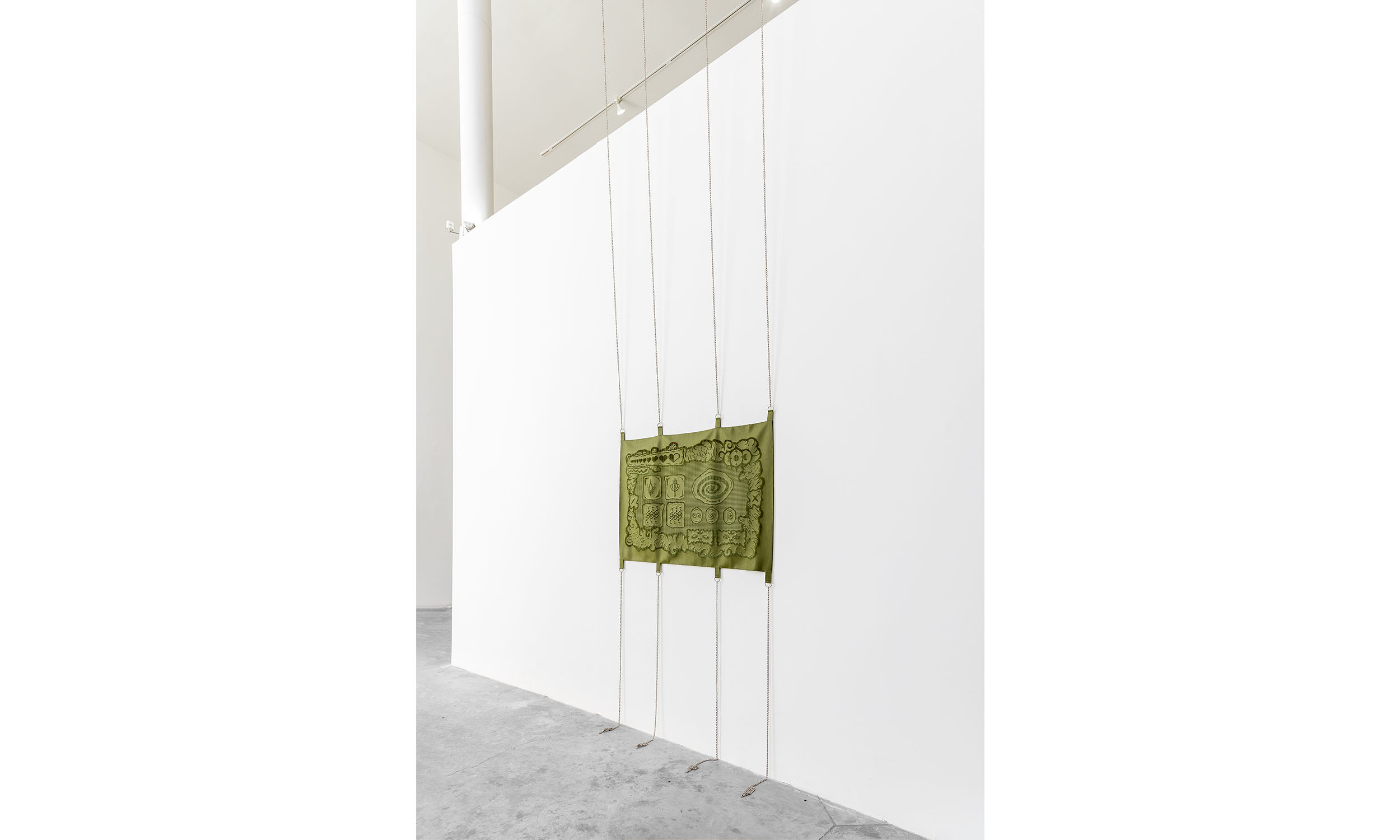
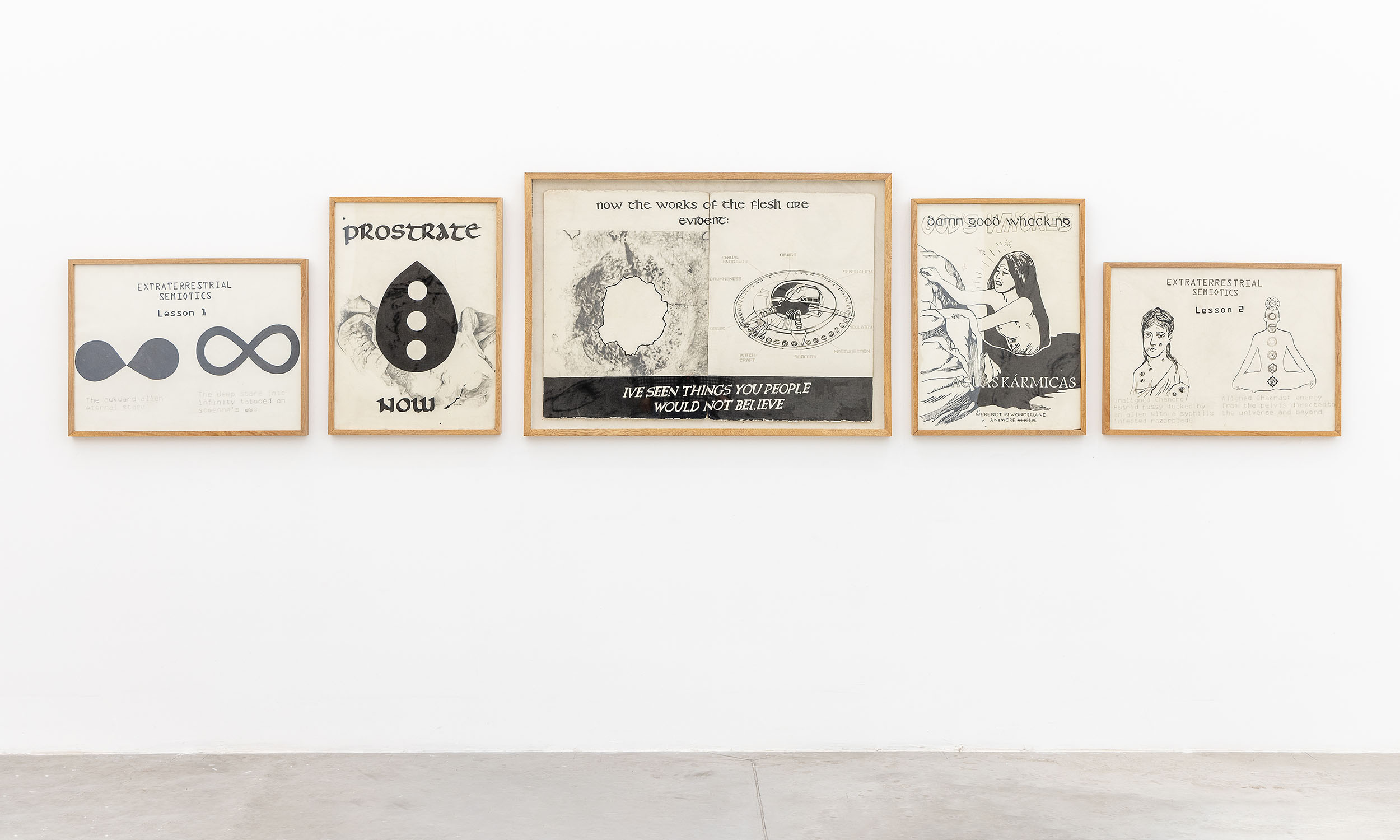

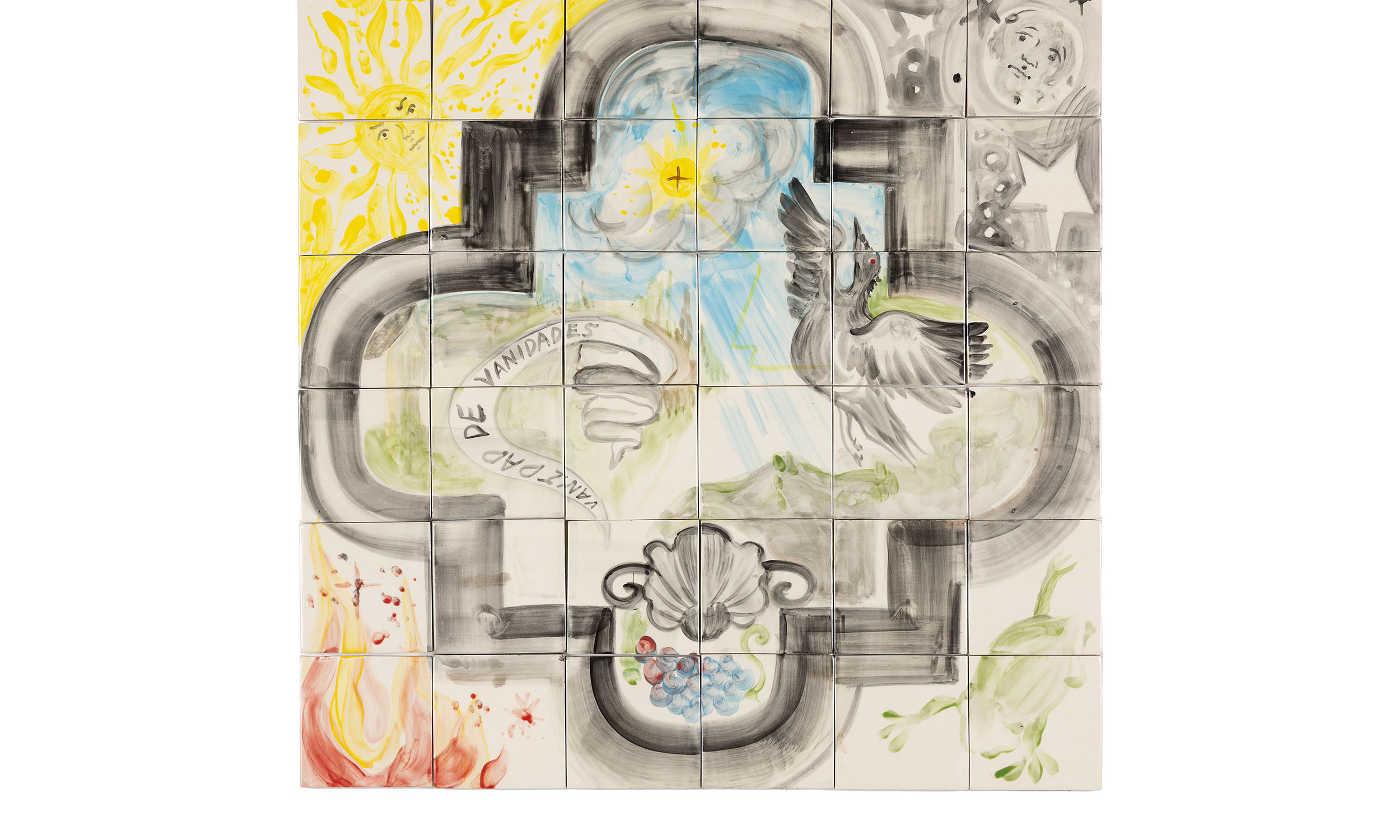
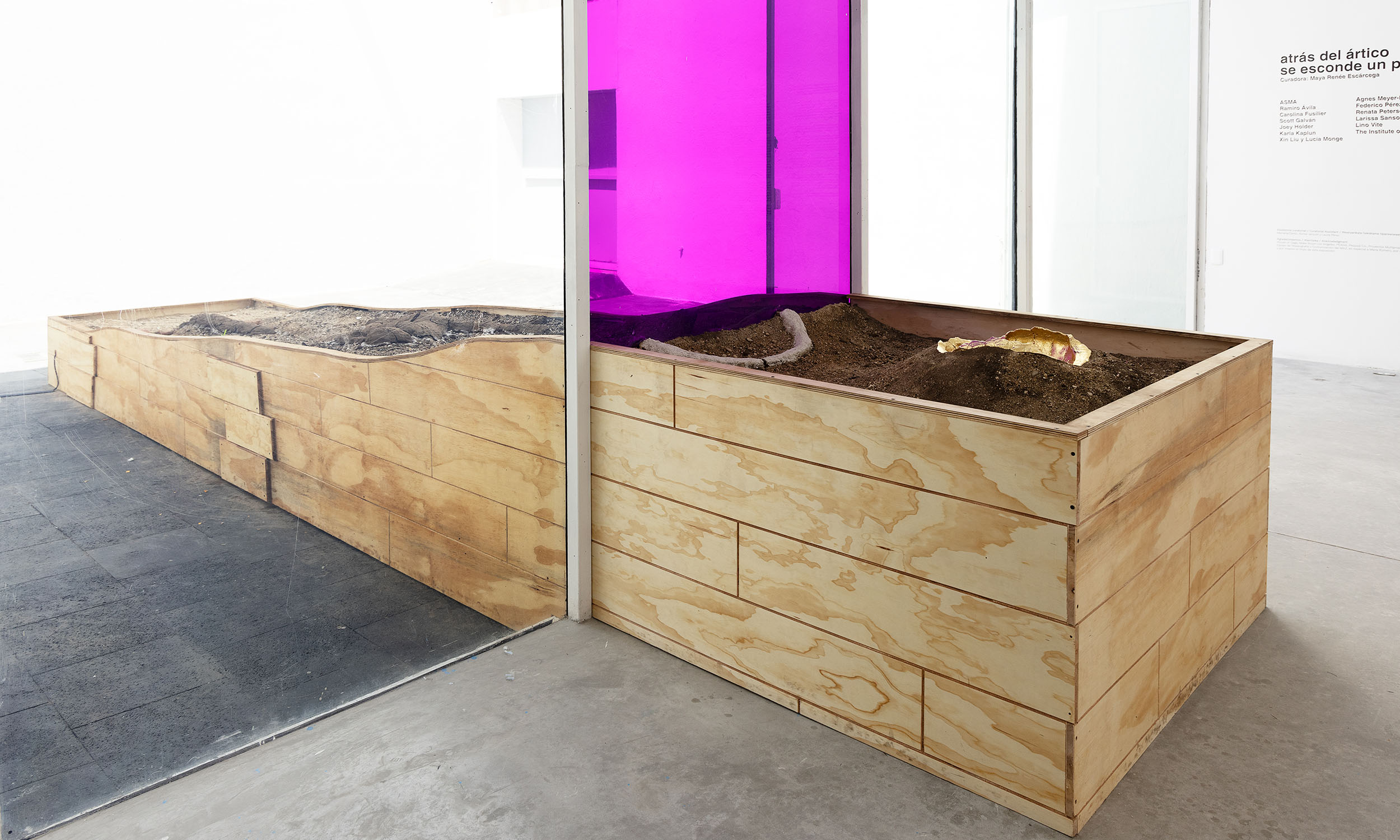
behind the arctic lies a paradise
From May 15 to November 2, 2025
Curator: Maya Renée Escárcega
Artists:
ASMA, Ramiro Ávila, Carolina Fusilier, Scott Galván, Joey Holder, Karla Kaplun, Xin Liu y Lucia Monge, Agnes Meyer-Brandis, Federico Pérez Villoro, Renata Petersen, Larissa Sansour, Lino Vite, The Institute of Queer Ecology
Luis Barragán Gallery
An Oriental legend maintained that the Earth lay on the back of a whale, held up in its turn by a bull, which stood on a rock, and the rock was held up by dust, beneath which no one knew what lay, if not the great sea of the infinite. (Umberto Eco, The Book of Legendary Lands [trans. Alastair McEwen], 2013)
“Flowers Are Now Blooming in Antarctica and Scientists Are Worried,” announced the headline of a widely circulated news piece. The collective imagination succumbed to horror in the face of the aesthetic pleasure generated by the sight of a purple Saxifraga oppositifolia among the frost. Our fantasy of a Burkean sublime imploded when we learned the news was fake. The tundra moss and the flora growing in extreme conditions are not the result of the Anthropocene: they were always there and continue to resist the cataclysm, along with the rest of the species.
In the same spirit, since the nineteenth century it has been erroneously taught that medieval thinkers conceived of the Earth as a disc or a dome: what is known as the “flat-Earth error” or “myth of the flat Earth.” In fact, Columbus and his contemporaries conceived of the Earth as a sphere: they knew what they were doing.
Thus, the flat-Earth theory functions as an allegory of access to information in an age of political polarization. The alternative to challenging scientific paradigms, as well as the institutions (with their own political and economic interests) that fund scientific research, is the adoption of theological dogmas or esoteric traditions. When the spherical-Earth model becomes a nightmare and its wall a symbol of the global migration crisis, the flat-Earth model looks like a dream come true. At the edge of the disc, a rampart of ice prevents the seas from spilling over into the cosmic abyss, emerging as the promise of some other possible world, of a park with fruits.
This exhibition presents imaginary representations of an alternative present and a potential future on the basis of a fictitious cartography. It explores the poetical and political possibilities of flat-Earth visuality even as it allows us to question the sources of our enlightenment and finds a meaning in fallacy, in situated knowledge, in ancestral memory and magic. How can we validate forms of knowledge drawn from the supernatural world, from mythology and superstition, from ritual and religious mysticism, without condoning theological dogmas and sectarian cooption?
The exhibition unfolds into an expanded epistemological field, where forms of knowing, believing, and imagining blend into each other. Through humor, critical thought, and post-humanist visuality, the works explore the construction of worlds and the absorption of knowledge on non-academic platforms. Through artistic practices that originate in techno-scientific research and in the literary and cinematographic genre of science fiction, these wanderings and escapes allow us to reformulate notions of landscape, migration, and hybrid identity by means of speculation and political imagination, opening the way to ecological utopias and dystopias alike.
At the same time, they make it possible to explore the allure of cults and the potential of conspiracy as an alternative to the course proposed by modern science, while also questioning the notion of “conspirituality”: how does one go from New Age to (eco)fascism*?
* Prominent figures of authoritarian regimes have incorporated practices of alternative medicine and organic diets, conspiracy theories, and concepts drawn from Hinduism and various esoteric or mystical beliefs, such as astrology, radiesthesia, and parapsychology, into their ideologies, in order to justify their supremacist ideas.
